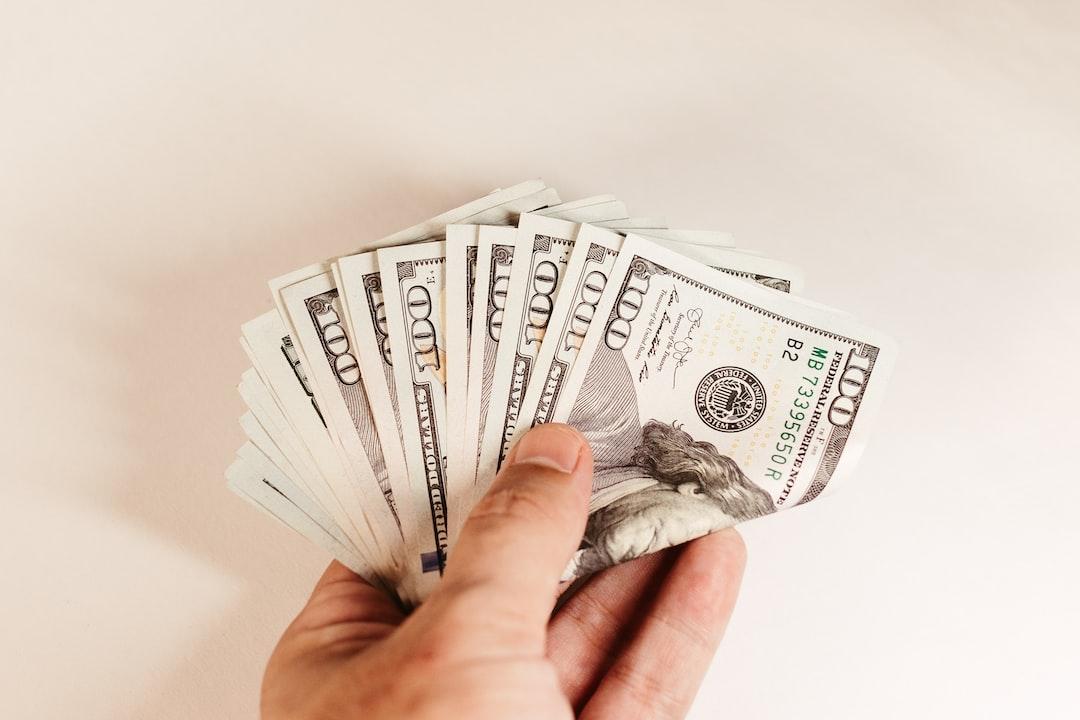Jerome Powell is finally facing the problem head-on.
After months of dodging the obvious, the Federal Reserve chair is being forced to accept that it’s time to cut interest rates—and fast. The pressure is coming from every angle: Trump’s tariffs, sticky inflation, slowing growth, and rising recession risk. The Fed’s credibility is already bruised from calling past inflation spikes “transitory,” and Powell’s recent return to that word is not sitting well with economists or markets.
According to Bloomberg, the Fed’s dilemma right now is brutal.
Either they hold rates high and risk pushing the U.S. into a downturn, or they cut too late and get steamrolled by a slowing economy that nobody saved. The decision can’t wait much longer, especially with new tariffs slamming both supply chains and consumer pockets.
Trump is forcing the Fed into a corner
Powell’s own words last month show he still thinks inflation from the tariffs won’t last. But if he’s wrong—again—the Fed’s already behind. The central bank is dissecting price data for anything tied to tariffs. Officials are tracking which price increases are linked directly to taxed imports, how much gets passed down to consumers, how wide the impact is across sectors, and how people are adjusting their expectations for future inflation.
See also
China’s fragmented tech rally woes deepen as new home sales decline piles on struggling economy
The Fed has historically looked past one-time direct shocks, but indirect effects are much stickier.
St. Louis Fed President Alberto Musalem said a 10% increase in tariffs could push inflation up by as much as 1.2 percentage points, with more than half of that from indirect pressure.
That model was based on tariffs before Trump’s latest announcement. But Bloomberg now puts the average U.S. tariff rate at around 22%, up from just 2.3% last year. That kind of jump nearly doubles the inflation threat laid out by Musalem’s staff.
The Fed is stuck between inflation and recession
The Fed hasn’t had to make a call like this since the 1980s. Back then, Paul Volcker chose to crush inflation, hiking rates so hard the economy slammed into a recession. That move still hangs over every inflation discussion at the Fed. Now Powell is in a similar spot—but this time it’s tariffs, not oil shocks, that are jamming up the economy.
The risk is clear:
If growth slows but the Fed waits too long, they won’t be able to react in time. But Trump’s team isn’t backing off. Commerce Secretary Howard Lutnick told CNBC on Thursday:
See also
Wall Street tells investors to ‘sell any bounce’ as the Dow Jones plunges at first market open of Q2
“It’s time to change the rules and make the rules be stacked fairly with the United States of America…
We need to stop supporting the rest of the world and start supporting American workers.”
But that approach isn’t cost-free.
Consumers are already feeling the hit. Atlanta Fed President Raphael Bostic said in an interview with Bloomberg that he’s watching not just pass-through costs, but also how consumers are reacting emotionally. Expectations matter. People are bracing for more inflation, both short-term and long-term, and that mindset could make price hikes stick even harder.
Powell said Fed staff are modeling a wide range of tariff scenarios, including the assumption that other countries will hit back.
But he admitted the picture’s still a mess. “Hard to say when that will be,” he said, referring to when the Fed might have a reliable forecast again.
Cryptopolitan Academy: Want to grow your money in 2025? Learn how to do it with DeFi in our upcoming webclass.
Save Your Spot

